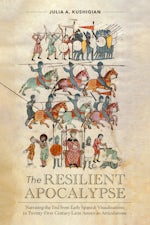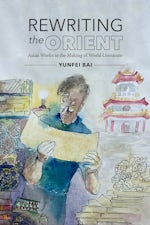Mapping the Social Body
Urbanisation, the Gaze, and the Novels of Galdós
By Collin McKinney

192 pp., 6 x 9, 1 illus., notes, bibl., index
-
Paperback ISBN: 978-0-8078-9298-5
Published: January 2010
Buy this Book
This title is not eligible for UNC Press promotional pricing.
Distributed for the University of North Carolina at Chapel Hill Department of Romance Studies
In a century obsessed with all things visual, the map became a useful model with which the recently formed middle class hoped to reform a social body ravaged by disease, crime, prostitution, and class conflict. This study finds that Galdós's attitude toward the middle class and its mapping enterprise changes over time. Whereas his early novels depict dividing practices as reliable and perhaps necessary, his later works show Spain's social maps to be subjective and discriminatory. In La desheredada, Tormento, and La de Bringas the social body is mapped according to class, genealogy, gender and physical difference. Physically and morally ambiguous, the characters in Fortunata y Jacinta, Nazarín, and Misericordia are unmappable and thus resistant to the bourgeois categorising gaze.
About the Author
Collin McKinney is assistant professor of Spanish at Bucknell University.
For more information about Collin McKinney, visit
the
Author
Page.



